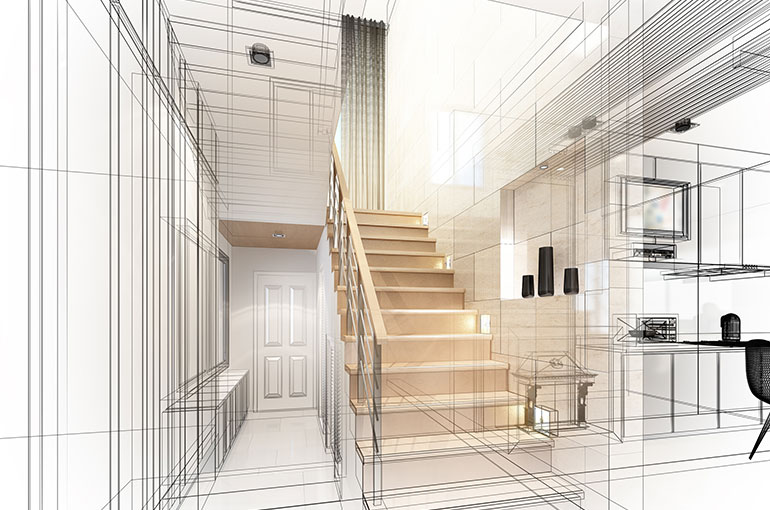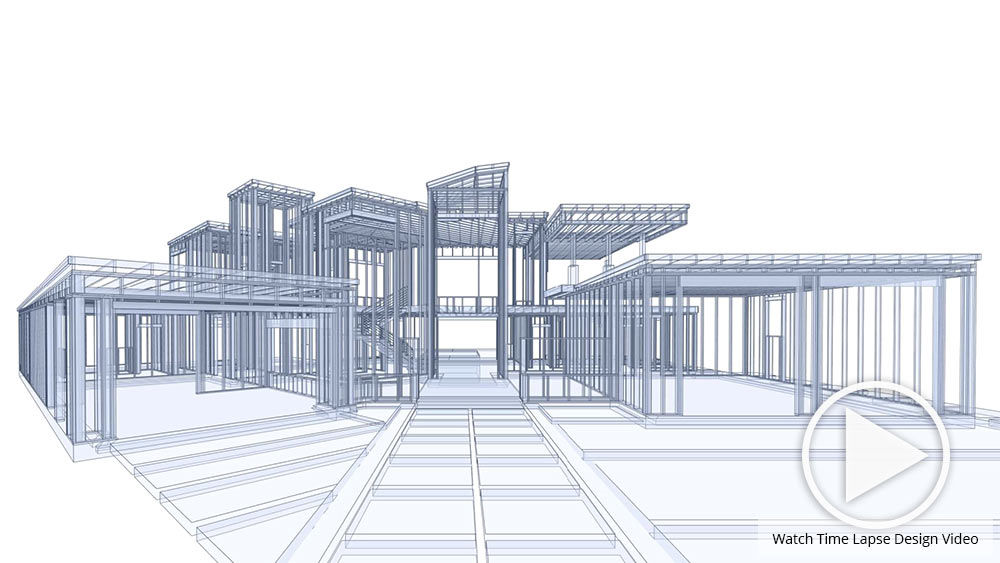Understanding the Collaborative Refine Between Designers and Designers in Modern Construction Projects
The collaborative process in between designers and engineers is necessary in contemporary building and construction projects, as it harmonizes style intent with engineering usefulness. Exploring these dynamics reveals understandings that can dramatically influence job outcomes and total sector criteria.
The Relevance of Collaboration
The joint synergy between designers and engineers is vital for the successful realization of any type of building and construction task. This partnership combines distinctive proficiency and viewpoints, enabling the combination of innovative design with practical design options. By functioning with each other, designers and engineers can make sure that a project not just satisfies aesthetic and useful demands yet also complies with safety and security, sustainability, and financial constraints.
Collaboration promotes a common vision, promoting the alignment of goals and expectations from the outset. This alignment is essential in resolving potential obstacles and mitigating risks that might arise during the task lifecycle. Moreover, a collaborative strategy enables the effective allotment of resources, optimizing both time and cost.
The value of cooperation includes the repetitive procedure of design and construction, where responses from designers can inform building decisions, causing even more feasible and sustainable designs. Alternatively, engineers can motivate engineers to think artistically about how to achieve architectural stability without endangering imaginative intent. Ultimately, the joint relationship in between designers and engineers is not merely beneficial; it is fundamental to the production of high-grade, functional, and cutting-edge constructed settings that meet the demands of culture.
Interaction Techniques and Tools
Reliable interaction methods and devices are important for promoting collaboration in between designers and designers throughout the project lifecycle. Establishing clear networks of interaction is vital to make certain that all group members are straightened with job goals, timelines, and responsibilities. Normal conferences, both in-person and online, give chances for stakeholders to review progress, address issues, and make educated decisions.
Utilizing task monitoring software program, such as BIM (Building Details Modeling) platforms, improves partnership by making it possible for real-time sharing of design modifications and technological specifications. These tools assist in openness, allowing engineers and engineers to visualize adjustments and examine their effect on the total project.

Shared Objectives and Task Vision

Developing shared objectives entails open discussion and a complete understanding of each technique's contributions. Engineers typically focus on design intent, spatial partnerships, and user experience, while designers stress architectural stability, systems capability, and compliance with laws (cda architects). When these point of views are aligned, the result is a natural project that abides by both creative desires and technological usefulness
Moreover, a well-defined project vision fosters accountability among team members, motivating each individual to take possession of their duty in attaining the wanted outcome. Routine check-ins and collaborative workshops can even more enhance this dedication, enabling adjustments to be made as the job progresses. Inevitably, a common vision not just boosts team effort however additionally elevates the quality of the last deliverable, bring about effective job completion.
The Duty of Innovation
Leveraging technology has actually ended up original site being crucial in improving collaboration in between designers and designers. Building Details Modeling (BIM) stands out as a crucial innovation, permitting both designers and engineers to produce detailed 3D designs that envelop design intent and architectural stability.
In addition, cloud-based platforms enable smooth collaboration, enabling project stakeholders to gain access to and upgrade project data from anywhere. This promotes a society of openness and liability, as changes can be tracked and reviewed in real-time. Furthermore, mobile applications additional enhance communication, supplying on-site groups with immediate access to project specifications and updates.
Emerging technologies such as artificial knowledge and artificial intelligence are also starting to contribute in predictive evaluation, aiding groups determine potential issues before they arise. Ultimately, the duty of modern technology in architecture-engineering collaboration not only boosts process efficiencies yet likewise enhances development, leading to even more successful project end results. By embracing these technological advancements, architects and engineers can make certain a much more natural and productive collaborative procedure throughout the construction lifecycle.
Study in Effective Partnerships
Many instance research studies highlight the profound influence of effective partnerships between designers and designers on task outcomes. One noteworthy instance is the cooperation on the High Line in New York City, where landscape designers, engineers, and city planners collaborated to change a deserted rail line into a vivid public park. This multidisciplinary method not only boosted the aesthetic high quality however likewise made certain architectural safety and ecological sustainability.
One more excellent case is the layout and construction of the Sydney Music Hall. The collaboration in between architect JÃ ¸ rn Utzon and architectural engineer Ove Arup exemplified innovative analytical. see this site Their collaboration permitted the iconic shell-like design while resolving complicated design challenges, eventually causing an ageless building work of art.
The Burj Khalifa in Dubai even more demonstrates the importance of collaborative initiatives. cda architects. The combination of style and design proficiency enabled the task group to attain unmatched heights while sticking to safety and security guidelines and visual vision
These instances emphasize the significance of interaction, count on, and shared purposes. In today's complicated building and construction environment, such partnerships are necessary to navigating obstacles and supplying tasks that meet both practical and visionary goals.
Final Thought
Finally, the collaboration in between i loved this engineers and engineers is essential for the success of modern building and construction projects. Reliable interaction methods, a common task vision, and the combination of innovative technologies are essential elements that facilitate this collaboration. By cultivating a society of responsibility and leveraging tools such as Structure Information Modeling (BIM), teams can navigate project complexities, ensuring that aesthetic, functional, and sustainability purposes are accomplished. Eventually, this synergy brings about innovative and successful project outcomes.